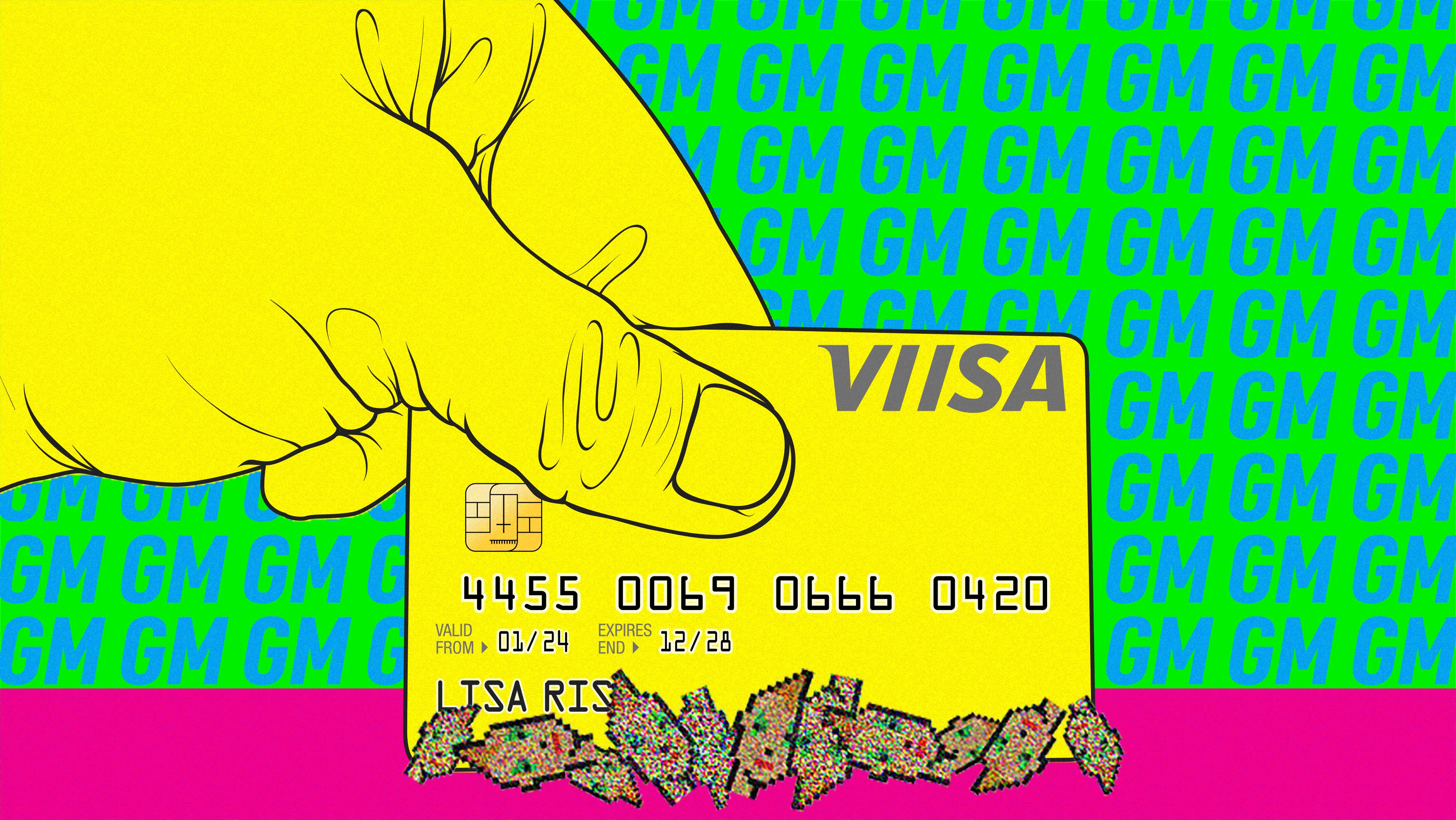
Is crypto real? What is real?
“An identity…as a fad! All of it affected; none of it felt,” the philosopher lamented.
And maybe these identities were fads, and maybe the identities of today are fads, too, but does that make them any less real?
Roderick, who died in 2002, barely lived to see the rise of the internet, but he’d likely seen enough to predict what the effects of 24/7 communication-inundation would do to the society that, in his lifetime, had moved from an empire of production to an empire of consumption. Jean Baudrillard, one of Roderick’s literary heroes, spent the bulk of his career theorizing these implications, building on multiple theses that would come to define the modern world, one in which branded logos, synthetic foods, and even synthetic body parts would come to have more value, more cultural relevance, than the objects to which they would refer.
Perhaps most famous for “Simulacra and Simulation,” the book that inspired “The Matrix” (1999), Baudrillard’s earlier treatises, 1968’s “The System of Objects” and 1976’s “Symbolic Exchange and Death,” seemed to predict this world overrun by hyperreality, an ontology which posits that the reality that humans have come to know is no longer accessible; in its place, a media-saturated fog, which most people mistake for reality, and into which injections of reality do sometimes slip (the degree to which, however, varies and seems to be thinning out). Baudrillard, famous for his bold proclamations and odd phraseology, defines hyperreality best through example. Although French, he was quite fond of America, often visiting the country to better understand how a society so lacking in artifice and origin could function as the 20th century’s leading superpower:
Media plays a prominent role in shaping the desires and wishes of the general consumer. The rise in cryptocurrency has been almost wholly dependent on its appearances in media, and its resultant ability to maintain staying power in public discourse. This relevancy has led to professional athletic sponsorships, mentions on “Saturday Night Live,” and hordes of internet users who dub themselves the “#dogearmy,” perhaps an outgrowth of what happened earlier this year with the Wall Street Bets Redditors. The fact that $AMC and $GME are still hundreds of percent up from where they started in January 2021 is proof of the staying power of the sign economy, a concept fashioned from one of Baudrillard’s main ideas, that sign value, the symbolic value of a commodity, has not only more importance than a commodity’s use or exchange value, but has fully eclipsed these erstwhile forms of value.

At bottom, humans want to be a part of something. It is in our nature to want to participate in the cultural events and upheavals of our times. In a society which offers less and less real experiences to people, the only true experiences left reside in participating in the hyperreal. To quote a gambler I once met at a casino in Florida, “I’d rather play and lose than not play. Because even if I lost, I got to feel the rush.” The rush the Wall Street Bets Redditors felt is the same rush that the #Dogearmy felt is the same rush that those longing Bitcoin have probably been feeling, too. Is that rush worth preserving? Maybe. Regardless, people will chase it.
Art

Curated Conversations: ALIENQUEEN
SuperRare Labs Senior Curator An interviews ALIENQUEEN about psychedelics, death, and her journey in the NFT space.
Tech


Out of the Vault and onto the Chain: the Evolving Nature of Provenance
SuperRare editor Oli Scialdone considers the social experience of provenance and its relationship with community in the Web3 space.
Curators' Choice



Curated Conversations: ALIENQUEEN
SuperRare Labs Senior Curator An interviews ALIENQUEEN about psychedelics, death, and her journey in the NFT space.




